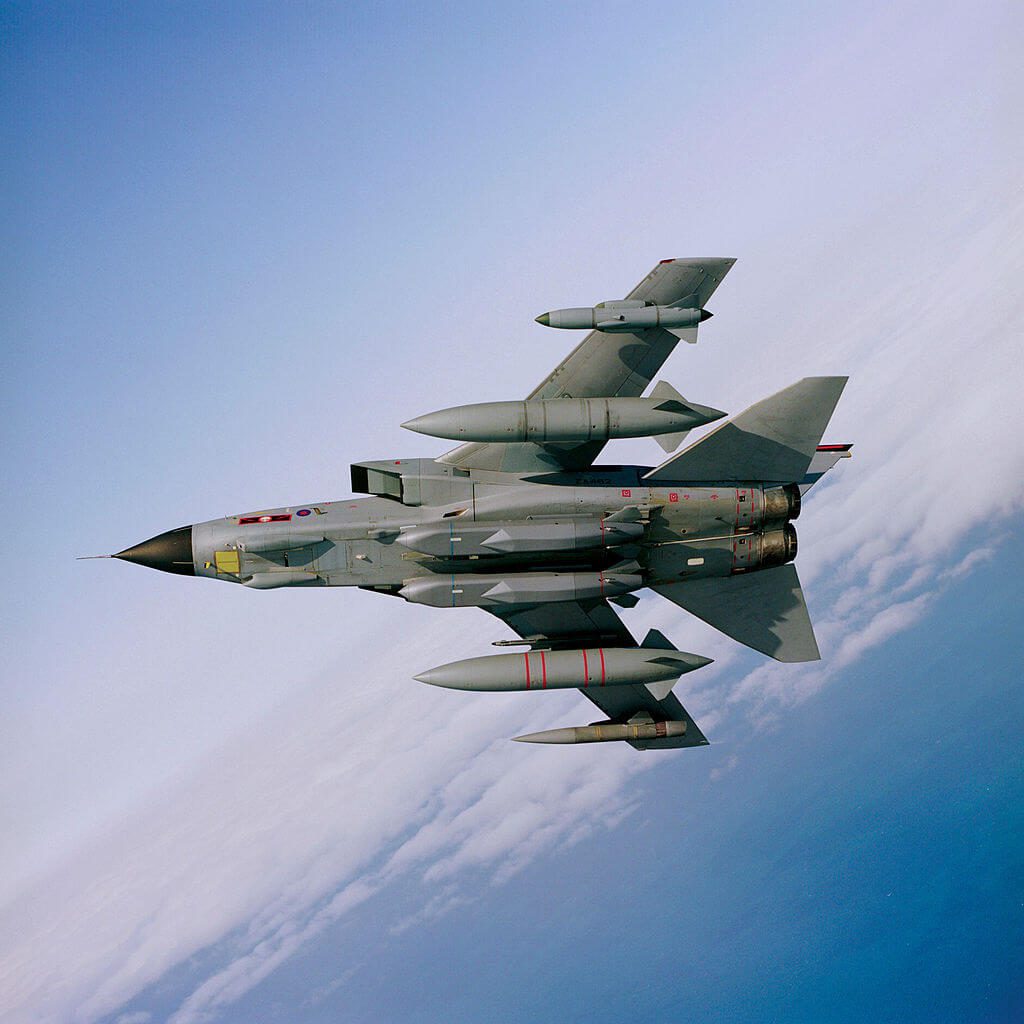While more limited and less destructive than originally projected, US, UK and French missile strikes on Syria – or more specifically its chemical weapons storage and research facilities – were launched on 13 April 2018. The missile strikes were confirmed as being successful by US reconnaissance satellite assets. This and the fact that satellites were used in the targeting and GPS navigation of these missiles (albeit with an inertial navigation system as back-up) indicated just how important space is to modern warfare.
It is believed that the strikes were more limited than expected due to fears that Russian soldiers in Syria might have been killed if the attacks had been more widespread, possibly causing a major confrontation between nuclear-armed nations. This was the second military response to the use of chemical and nerve gas in Syria by the Assad regime, which is supported by Russia and Iran as it tries to defeat rebels in the Syrian civil war.
As another sign of the times, given that surface-to-air missile (SAM) technology has improved – with the Russian S-400 SAM deployed by Russian forces especially feared – the missile attacks were mainly by ship-launched cruise missiles, or via air-launched stand-off cruise missiles, such as the RAF’s Tornado-launched Storm Shadow type. In other words, air crews were kept well away from any SAM danger.
It had been expected that a Royal Navy Astute class submarine might join in the attack, using Tomahawk cruise missiles fired from off Syria’s coast. However, it is reported that this large and powerful submarine was subject to harrying and interference by smaller and slower, but nearly silent, Russian Kilo-class diesel electric type submarines. It is not for nothing that, given their stealth, they have been nicknamed “the black hole” by Royal Navy submariners.
As this column has written in the past, smaller diesel electric boats are more useful than large nuclear-powered types in the confines of the Mediterranean, and it is a capability that the Royal Navy badly needs. Meanwhile, with the expected retirement of the RAF’s Tornado in 2019, the RAF also needs another long-range strike aircraft to carry its excellent stealthy Storm Shadow missiles to within 300km of their target.

Storm Shadow missiles carried by Tornado GR4 fighter-bomber. Courtesy: UK MoD/Crown Copyright






